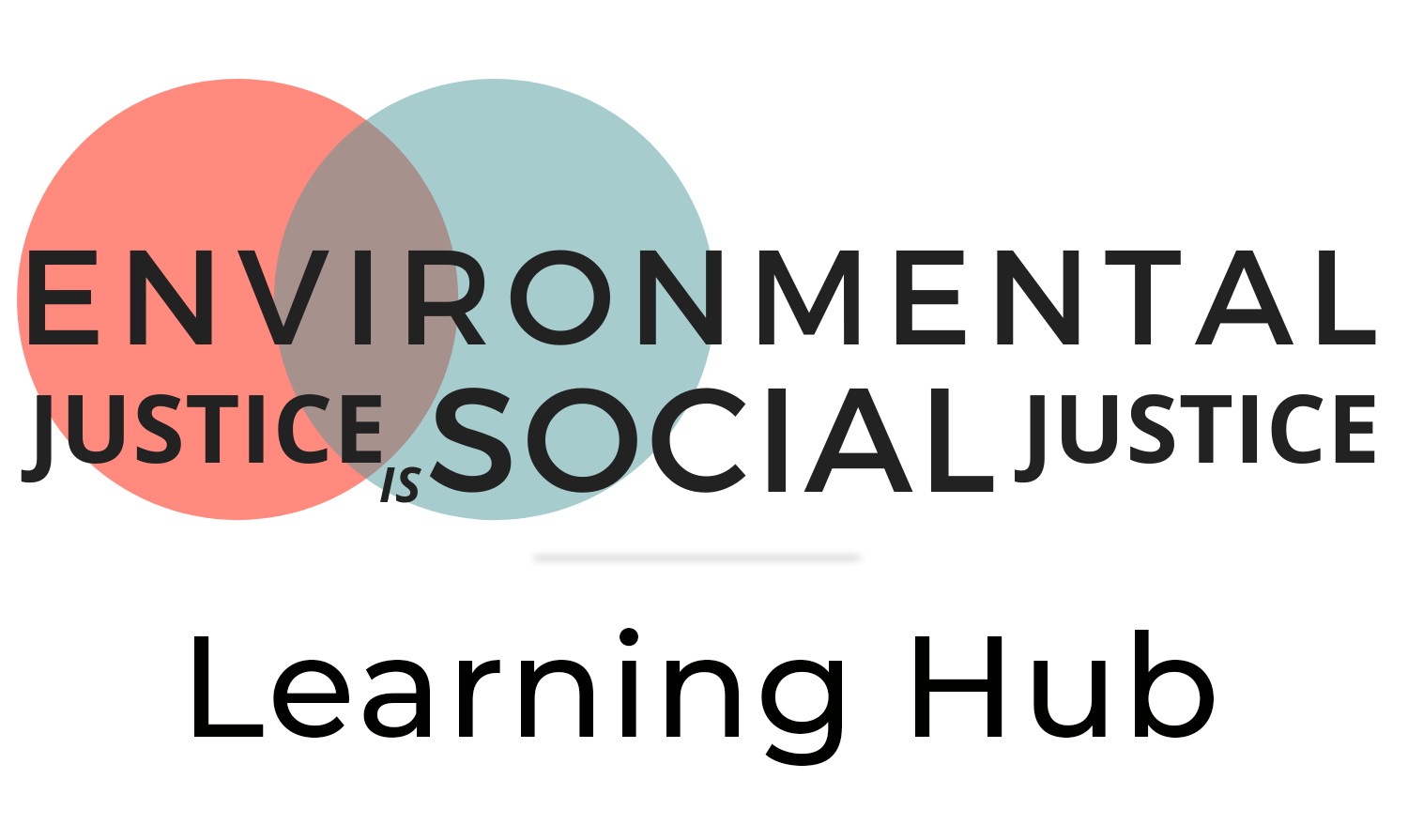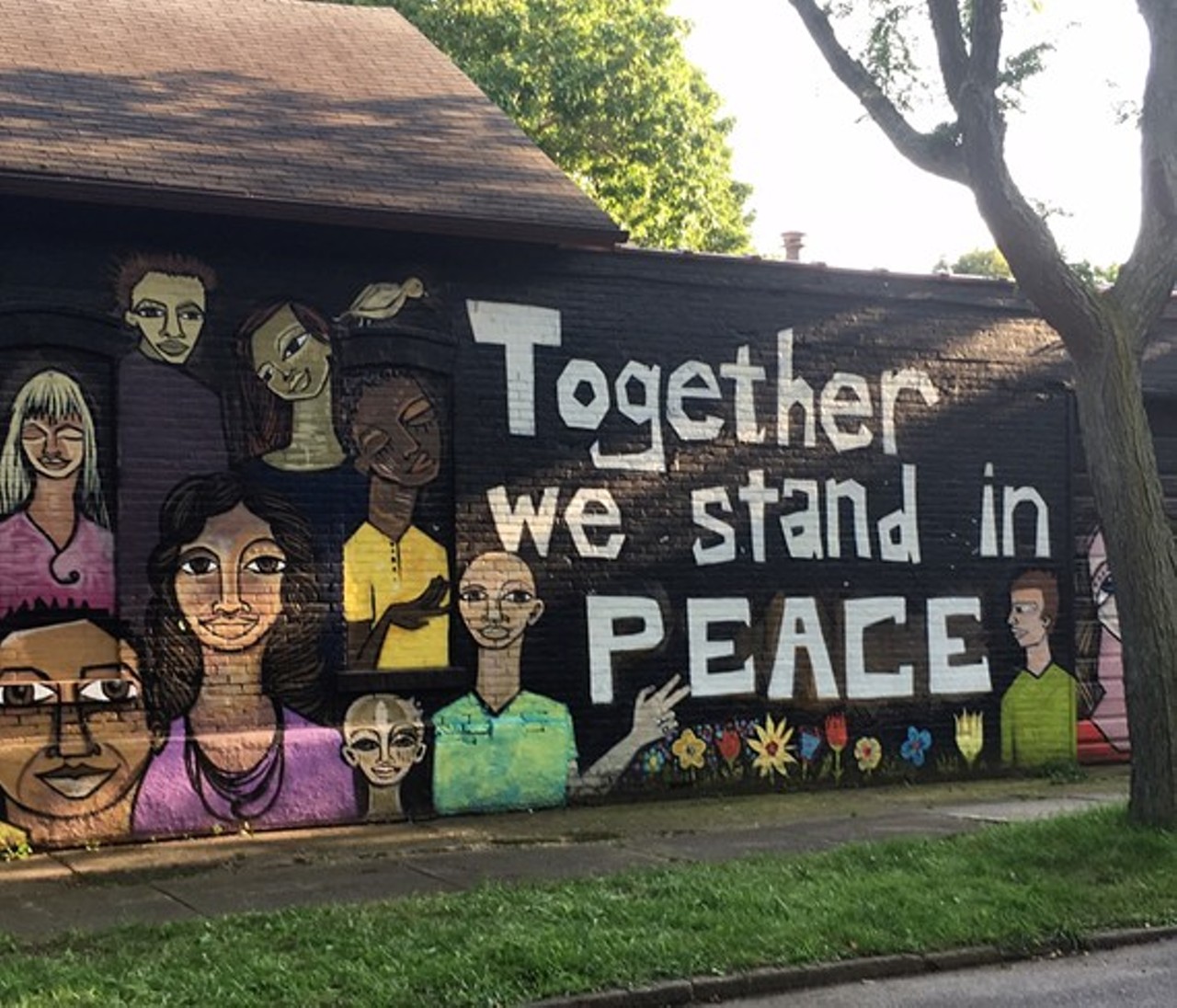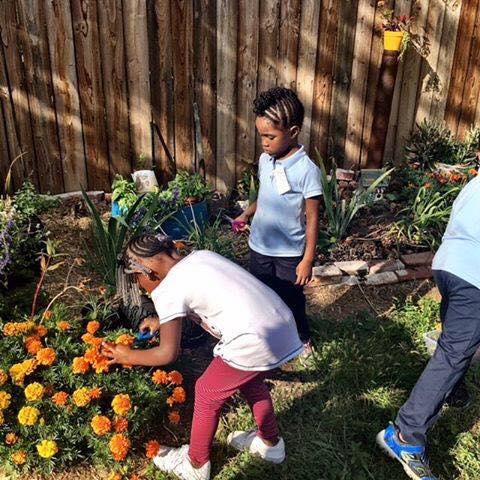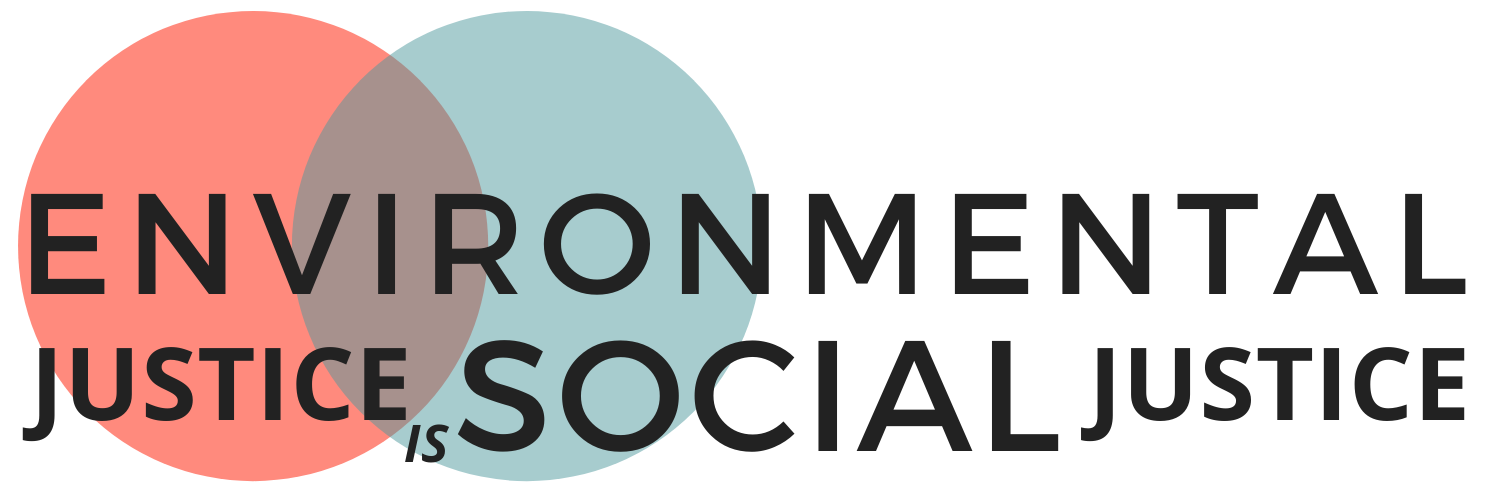
Objectives
UNDERSTAND what environmental justice is.
THINK CRITICALLY about systems that create or perpetuate injustice
TAKE ACTION for environmental and social justice

What is the Environmental Justice Learning Hub?
The Environmental Justice Learning Hub is an interdisciplinary online resource designed to support educators of any kind in their efforts to engage middle school aged students with environmental and social injustices that are specific to Rochester and the Greater Rochester region.
Who is the Learning Hub for?
Everyone!
We have designed this website to engage multiple perspectives.
- Community Member: Community members who are interested in learning more about environmental justice will find information about basic concepts and lessons about environmental justice locally.
- Students: Young people ages 11 – 18 who are interested in learning more about environmental justice can find learning modules for deep study of particular concepts and basic information.
- Family Members: Family members who would like to engage young people in learning more about environmental justice as well as educate themselves will find the resources they need.
- Educators: Educators who would like to engage students in learning about environmental justice as well as educate themselves will find resources for building background information, lesson plans, and student materials on this site.


Why does the Environmental Justice Learning Hub Exist?
People do not know about environmental injustices. Many students have not learned about it in school, because Environmental Justice is not explicitly included in NYS standards and therefore not in the curriculum. We develop curricular resources that both emphasize Environmental Justice and align with current social studies and science standards.
People do not know what to do about environmental injustice. They need support and tools to not only study environmental injustice but also make plans to address it. We will teach not only the why and how but also the what: What steps can people take to remedy environmental injustice in their neighborhoods? What individual and community initiatives can they consider? What do reparations look like for marginalized communities? What does economic justice look like?
Racism is a barrier. Environmental injustices disproportionately impact people of color. There is often a misunderstanding of the role White people play in undoing injustice. We strive to engage diverse audiences through the design of universally accessible, relevant, and active content, with different formats that can be used in a variety of environments, both indoor and outdoor. The overall message is that everyone plays a role in creating environmental justice.
We need to educate our educators. It is important for our teachers to be fluent in social justice and anti-bias. Our learning hub is be engineered to provide teachers with essential background so that they can effectively teach environmental justice.
Who created the Environmental Justice Learning Hub?
The Environmental Justice Learning Hub is an ongoing project of 540WMain. 540WMain is a virtual antiracist education platform that promotes justice for all. We encourage individuals to broaden their horizons and learn more about multidisciplinary topics that impact the world.
540WMain has developed curriculum and community learning events that address environmental injustice. This aligns with our commitment to make environmental injustice a sustained programmatic area.
- Since 2018, we have hosted an annual city-wide gentrification conference that has explored race, class, redlining and how housing and transportation issues intersect with environmental activism.
- We are a member of the Rochester based Climate Solutions Accelerator, an organization that facilitates collaboration among organizations to address climate change. We have partnered with them on two webinars; Environmental Justice & NYS Climate Law and Environmental Justice Federal Climate Advocacy.
- In 2019, 540WMain developed and launched a new course, Intro to Intersectional Environmental Justice. 75 community members have attended the course.
- Launched an EJ Facilitator Cohort with 10 members to train and teach diverse community members how to facilitate virtual workshops about EJ in an accessible and inclusive way.
- Our EJ research Intern designed and facilitated a new EJ course, Redlined Neighborhoods and the Environment, that was attended by 43 community participants. The popularity of this course led to the current development of a second-level course: Redlining, The Environment, and You.
- We secured a Green Cities Grant that allowed for environmental clean up and the establishment of a teaching garden in an area of the city that has long been impacted by unjust environmental policies.

